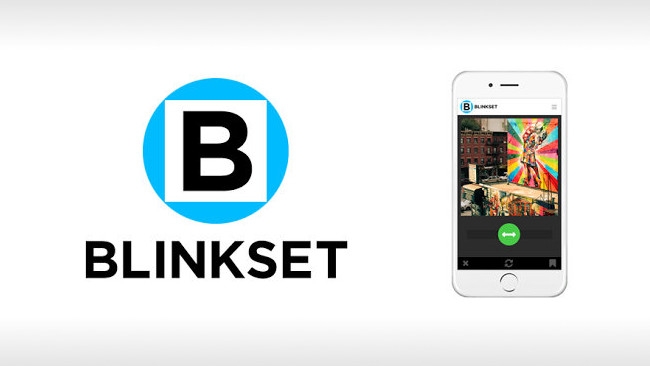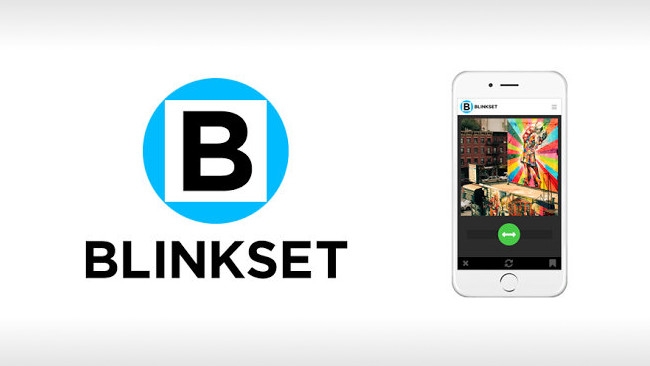
 Blinkset.com
Blinkset.com
Our US Editor has launched a new content site that features an image player capable of flashing images at durations measured in milliseconds. Yet, its success may hinge on getting users to embrace a novel user interface.
[We don't normally promote our own personal projects, but this one, by Patrick Taylor, is a genuinly different take on the problems of skimming through content.]
At RedShark, interface design has become something of a hot topic. We recently published my thoughts on the interfaces of nonlinear editing systems, that users' reliance on learned behavior may be slowing innovation in interface design.
It's apropos that our U.S. Editor, Patrick Jong Taylor, has been working on a project, with business partner Michael Newman, owner of Pomp Productions, featuring an interface designed to serve photographic content in a unique way, yet also requires users to 'learn' how to use it.
The website is Blinkset.com – here's a demo video that explains what it does better than words can:
Blinkset features many popular content and e-commerce platforms, like Pinterest, Instagram, Amazon, Etsy, Giphy, Twitch, etc., with curated content and search functionality for some portals. Blinkset is a web-app, in that you can access in any browser and on mobile devices using your email. But, again, it's the interface that's at question here.
The "that's so cool" moment
According to Patrick, observing focus groups as they use Blinkset.com has been an eye-opening process. "Users hold down a button for playback and move the button to go faster or change directions. Since the earliest focus groups," said Patrick, "we’re consistently hearing users say 'that's so cool' when they get it for the first time."
"Since images move past at fast speeds, one of our early enhancements was an indicator ring around the outer edge of the image view. The indicator ring calls out the user's position in a set of images and it updates the user's position, speed and the direction while they’re travelling."
"The indicator ring gives user's orientation in the image collection, while the one-button operation give users control over the experience. It's that control that hooks people on Blinkset."
My take
I tested out Blinkset and I get what it is and why people may use it. And I also see how a novel interface may be a hurdle for some users. However, I assume Blinkset will be somewhat polarizing; some users will shy away from flashing images on sight, whether they can control the experience or not, while others will flock to Blinkset precisely because of those same flashing images and will appreciate the interface as something 'cool' and 'different'.
Being distinctive and unique may have helped Blinkset in getting the word out. The website has already been featured in TechCrunch in an article by John Biggs.
Of course, 'cool' and 'different' aren't lasting qualities. But Blinkset has a good chance at keeping its users in the fold and growing its user base. There's ample content on the site and Patrick was quick to point out that more is on its way. And the interface, with its one button design for playback and speed/direction change, is simple and easy to use, once you learn how.
If you want to try out Blinkset.com, you can do so without signing in. Check out Blinkset's Top 50 Tech Gadgets of 2015.
Tags: Technology


Comments